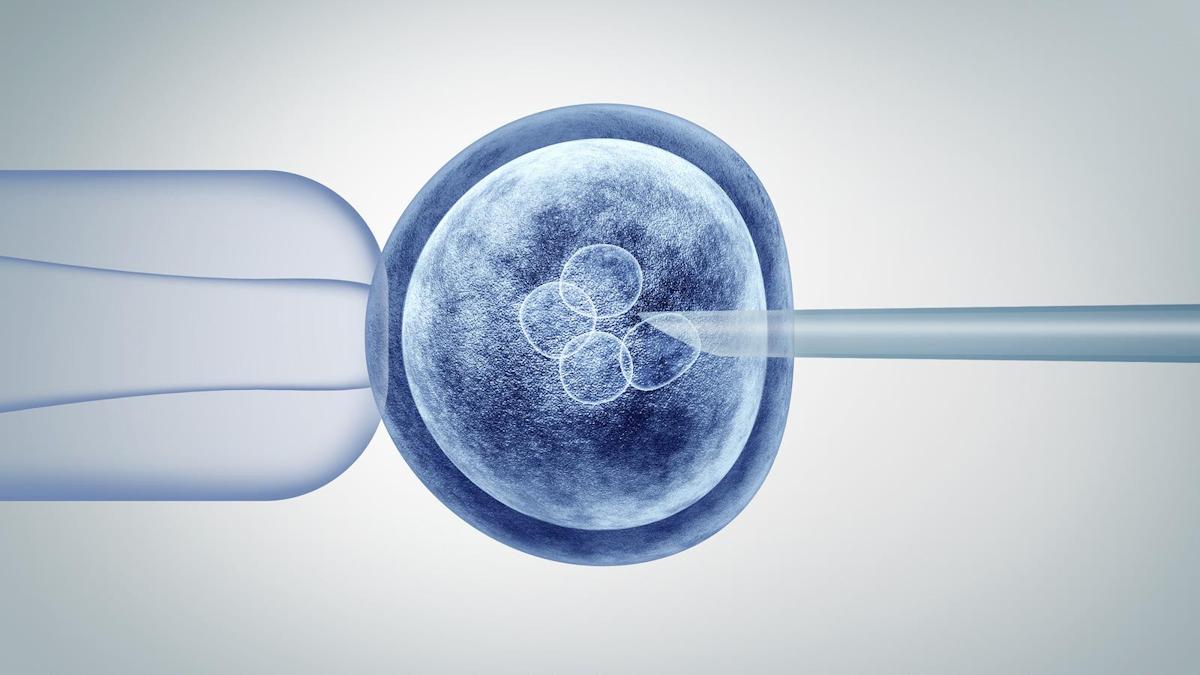Novartis wants to blaze a trail in breast cancer with PI3K drug

Novartis is preparing to file its PI3K drug combination for a certain group of breast cancer patients, after late stage trial results showed its alpelisib combination stopped the disease progressing for twice as long as standard therapy, with “manageable” side effects.
Drugs from this class are of interest to pharma because they target a common mutation, which occurs in around 40% of advanced breast cancer patients, and is associated with a poor prognosis.
But getting PI3K drugs to work with tolerable side effects has been tough – Gilead’s PI3K drug Zidelig (idelalisib) is used in leukaemia but has boxed warnings because of its side effects.
Earlier this year, Roche dumped its PI3K drug taselisib after deciding that the side effects outweighed the drug’s modest benefits in phase 3 breast cancer trial.
Novartis already announced that its PI3K drug BYL719, or alpelisib, had worked in combination with the hormone therapy fulvestrant in a certain group of postmenopausal breast cancer patients.
But at the European Society for Medical Oncology (ESMO) conference the company revealed the combination doubled median progression-free survival in HR+/HER2- patients with advanced PI3KCA mutated disease, following progression on or after an aromatase inhibitor, with or without a CDK4/6 inhibitor, versus fulvestrant alone.
The Swiss pharma said it will use the findings of the SOLAR-1 trial as the basis for filings with regulators worldwide.
Results from the 572 patient trial showed that treatment with BYL719 plus fulvestrant demonstrated a median progression-free survival (PFS) of 11 months compared to 5.7 months for fulvestrant alone.
Overall response rate (ORR), indicating a reduction in tumour size of at least 30%, was more than doubled in patients with measurable disease who received BYL719 plus fulvestrant (36%) compared to those receiving fulvestrant alone (16%).
The trial is ongoing to evaluate secondary endpoints, including overall survival, with further analysis due at future medical conferences.
Side effects have been problematic with PI3K drugs – in this case the company said they were “mild to moderate” in severity and “generally manageable” by changing dose and medical management.
In the arm treated with the BYL719 combination, 5% of the patients quit due to adverse events, compared with 1% on fulvestrant alone.
The most common all-grade adverse events were hyperglycemia (64% vs 10%), diarrhoea (58% vs. 16%), nausea (45% vs. 22%), decreased appetite (36% vs. 11%) and rash (36% vs. 6%).
Of these, the most common grade 3/4 events were hyperglycemia (37% vs. <1%), rash (10% vs. <1%), and diarrhoea (7% vs. <1%).
Fabrice André, MD, PhD, research director and head of INSERM Unit U981, and professor in the Department of Medical Oncology at Institut Gustave Roussy in Villejuif, France, said: "The results from SOLAR-1 are the most encouraging observed to date from a trial evaluating a PI3K inhibitor for patients with PIK3CA mutated HR+/HER2- advanced breast cancer.
"These data have the potential to allow physicians to address an unmet need in this patient population by using a biomarker-driven treatment to inform their sequencing decisions."












